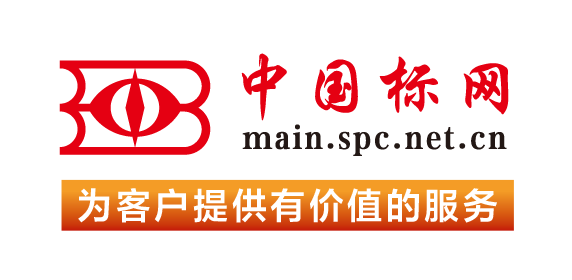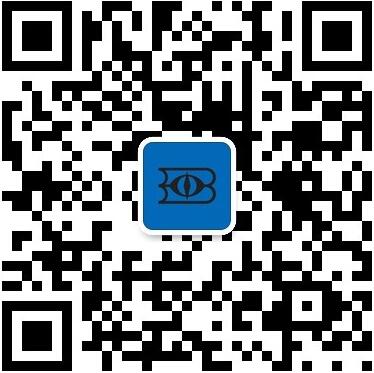【国外标准】 Standard Test Method for Moisture in Wool by Distillation With Toluene
本网站 发布时间:
2024-02-28
开通会员免费在线看70000余条国内标准,赠送文本下载次数,单本最低仅合13.3元!还可享标准出版进度查询、定制跟踪推送、标准查新等超多特权!
查看详情>>
适用范围:
5.1 Test Method D2462 for testing for moisture in wool is considered satisfactory for acceptance testing of commercial shipments since current estimates of between-laboratory precision are acceptable.5.1.1 In case of a dispute arising from differences in reported test results when using Test Method D2462 for acceptance testing of commercial shipments, the purchaser and the supplier should conduct comparative testing to determine if there is a statistical bias between their laboratories. Competent statistical assistance is recommended for the investigation of the bias. As a minimum, the two parties should take a group of test specimens that are as homogenous as possible and that are from a lot of the type material in question. The test specimens should be assigned in equal numbers to each laboratory for testing. The average results from the two laboratories should be compared using Student's t-Test for unpaired data and an acceptance probability level chosen by the two parties before the test is begun. If a bias is found, either its cause must be found and corrected or the purchaser and the supplier must agree to interpret future test results in light of the known bias.5.2 This test method is the preferred method for all suitable samples of wool where it is important to obtain a result free from the possible biases, introduced by the conditions discussed in 5.3 and 5.4.5.3 This test method is free from the interferences caused by different conditions of ambient atmosphere such as might affect the results of oven-drying. A slight amount of residual moisture may be retained in a specimen subjected to oven-drying because of the relative humidity of the ambient air; however, the amount of moisture retained may be estimated from published data.35.4 This test method is free from the interference caused by nonaqueous volatile material. Such material, when present, is erroneously measured as moisture by oven-drying methods, the extent of the error depending upon the amount and characteristics of any added oils or finishes.5.5 This test method is relatively cumbersome, time consuming, and costly compared to oven-drying, and is not recommended for routine process control, in-plant evaluations, or for other purposes where a high degree of accuracy is not necessary. The cost of operation can be reduced somewhat by redistilling the used toluene, which is then suitable for reuse without further treatment.5.6 Unlike an oven-drying method, any moisture gained or lost by a specimen after its mass has been determined will appear as a direct error in the final result. Since one of the principal uses of the method is to determine the average moisture present in large lots of wool or wool products exposed to variable atmospheric conditions, numerous laboratory samples and test specimens are common. To avoid errors of the type mentioned above, this procedure includes provisions for stabilizing the sample(s) in the laboratory atmosphere so that, during the time necessary for selecting, weighing, and transferring the specimens to flasks, gain or loss of moisture which cannot be accounted for will be minimized. A further advantage of the stabilizing process is realized in cases where the interest is solely in the average moisture content of the sample, and the actual moisture content within the sample is highly variable. By stabilizing the sample before selecting the specimens, equal precision can be achieved with fewer specimens.1.1 This test method covers the determination of the amount of moisture present in grease wool, scoured wool, carded wool, garnetted wool, wool top and intermediate wool products, and rovings, by distillation with toluene.1.2 Equations are given for calculating the amount of water present as moisture content (as-received basis) and moisture regain (dry fiber) basis. The term that corresponds to the basis used in the calculation and report must always be stated.1.3 This test method is not applicable to material known to contain any steam-distillable, water-soluble matter. If it is suspected that such matter is present, the method should be used with caution.1.4 Xylene or other solvents should not be substituted for toluene as no other solvents have been evaluated for use in this standard.NOTE 1: The determination of moisture in wool by oven-drying is covered in Test Method D1576 and for textile materials in general in Test Methods D2654. A method for sampling wool for the determination of moisture in wool is covered in Practice D2525.1.5 This standard does not purport to address all of the safety concerns, if any, associated with its use. It is the responsibility of the user of this standard to establish appropriate safety, health, and environmental practices and determine the applicability of regulatory limitations prior to use.For specific safety hazard statements, see Section 8.1.6 This international standard was developed in accordance with internationally recognized principles on standardization established in the Decision on Principles for the Development of International Standards, Guides and Recommendations issued by the World Trade Organization Technical Barriers to Trade (TBT) Committee.
标准号:
ASTM D2462-22
标准名称:
Standard Test Method for Moisture in Wool by Distillation With Toluene
英文名称:
Standard Test Method for Moisture in Wool by Distillation With Toluene标准状态:
Active-
发布日期:
-
实施日期:
出版语种:
- 推荐标准
- ASTM E747-18 Standard Practice for Design, Manufacture and Material Grouping Classification of Wire Image Quality Indicators (IQI) Used for Radiology
- ASTM E749/E749M-17(2021) Standard Practice for Acoustic Emission Monitoring During Continuous Welding
- ASTM E751/E751M-17(2022) Standard Practice for Acoustic Emission Monitoring During Resistance Spot-Welding
- ASTM E756-05(2023) Standard Test Method for Measuring Vibration-Damping Properties of Materials
- ASTM E759/E759M-92(2023) Standard Test Method for Effect of Deflection on Sprayed Fire-Resistive Material Applied to Structural Members
- ASTM E760/E760M-92(2023) Standard Test Method for Effect of Impact on Bonding of Sprayed Fire-Resistive Material Applied to Structural Members
- ASTM E761/E761M-92(2023) Standard Test Method for Compressive Strength of Sprayed Fire-Resistive Material Applied to Structural Members
- ASTM E768-99(2018) Standard Guide for Preparing and Evaluating Specimens for Automatic Inclusion Assessment of Steel
- ASTM E776-23 Standard Test Method for Determination of Forms of Chlorine in Refuse-Derived Fuel
- ASTM E778-15(2021) Standard Test Methods for Nitrogen in Refuse-Derived Fuel Analysis Samples
- ASTM E779-19 Standard Test Method for Determining Air Leakage Rate by Fan Pressurization
- ASTM E780-17(2021) Standard Test Method for Measuring the Insulation Resistance of Mineral-Insulated, Metal-Sheathed Thermocouples and Mineral-Insulated, Metal-Sheathed Cable at Room Temperature
- ASTM E781-86(2023) Standard Practice for Evaluating Absorptive Solar Receiver Materials When Exposed to Conditions Simulating Stagnation in Solar Collectors with Cover Plates
- ASTM E782-95(2022) Standard Practice for Exposure of Cover Materials for Solar Collectors to Natural Weathering Under Conditions Simulating Operational Mode
- ASTM E784-89(2022) Standard Specification for Clamps, Utility, Laboratory, and Holders, Buret and Clamp
 购物车
购物车 400-168-0010
400-168-0010













